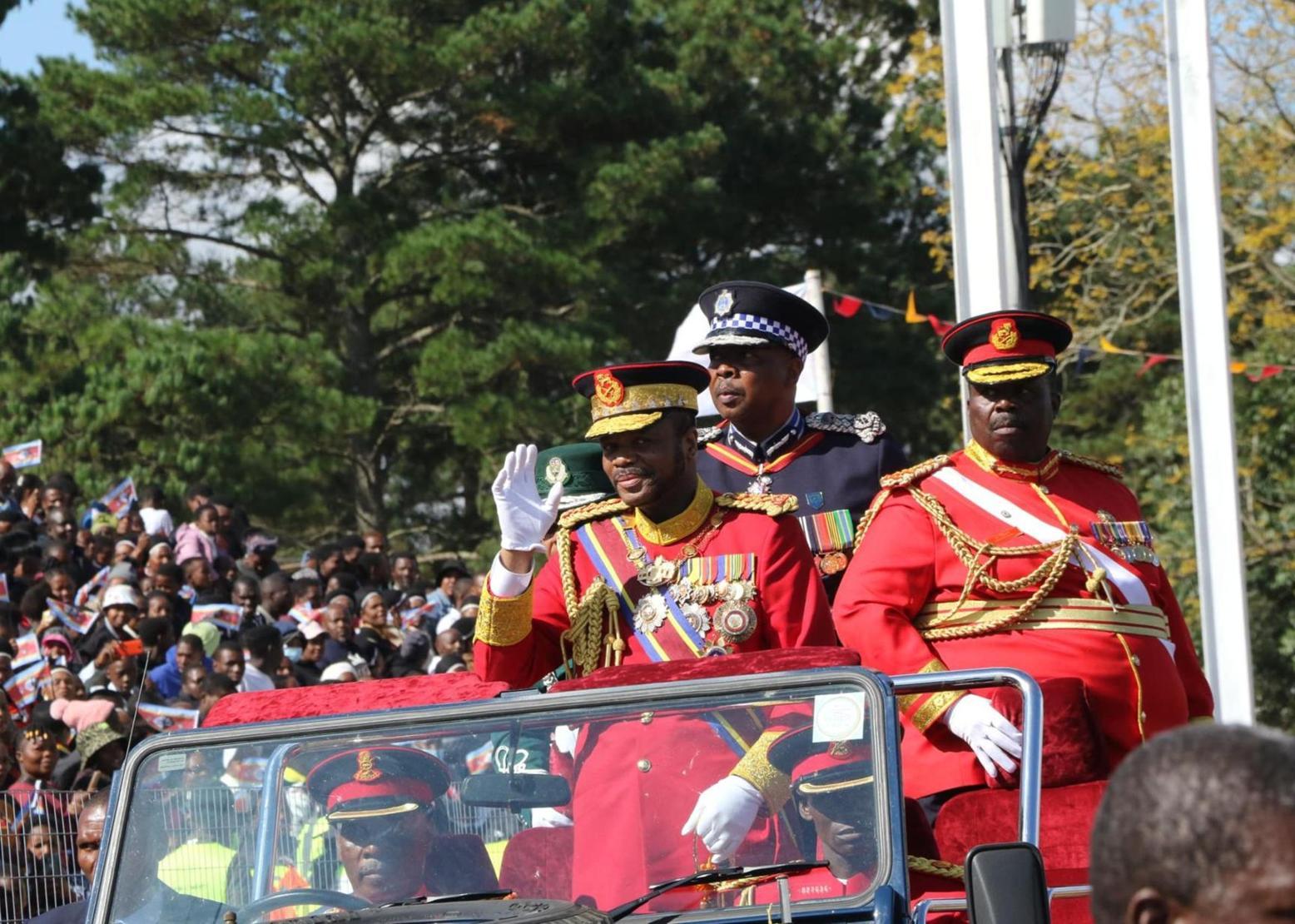Africa-Press – Eswatini. Prime Minister Russell Mmiso Dlamini has emphasized the importance of April 25 in the Kingdom of Eswatini, marking it as a day of dual significance, which has been elevated this year due to the celebration of His Majesty King Mswati III’s birthday.
This day’s significance is two-fold. However, this year, this day’s importance has been three-fold because of the celebration of His Majesty King Mswati III’s birthday, which is on April 19.
Speaking on his Facebook page, the prime minister said on this day 39 years ago, His Majesty King Mswati III ascended the Throne. “He was only 18, making him the world’s youngest monarch at the time,” the premier said.
Speaking about the King’s birthday celebrations, he said Nhlangano was ready to welcome the international community for the festivity. “Today, Nhlangano is abuzz with festivities, in honour of His Majesty the King’s 57th Birthday Anniversary and 39 years on the Throne,” he said.
“Halala, Mbube yeMhlaba! Bayethe. Wena Waphakathi.”
April 25 is also significant because it is the National Flag Day, a day in which the country’s present flag was raised for the first time in 1967. He said 58 years ago today, Eswatini’s flag was officially hoisted for the first time, replacing the Union Jack.
“On this day in 1967, His Majesty King Sobhuza II also took his pledge of oath as King and Ingwenyama of the Kingdom of Eswatini,” he said.
“Happy National Flag Day, Eswatini.”
Key Highlights
1. King’s Ascension to the Throne:
– On April 25, 39 years ago, King Mswati III ascended the throne at the young age of 18, making him the world’s youngest monarch at that time.
– This year also marks the celebration of his 57th birthday, which took place on April 19.
2. National Flag Day:
– April 25 is also celebrated as National Flag Day, commemorating the first official raising of Eswatini’s flag in 1967, which replaced the Union Jack.
– On this day, King Sobhuza II took his oath as King and Ingwenyama of Eswatini.
3. Cultural Significance of the Flag:
– Historian Lethumusa Mukelwe Simelane discussed the meanings behind the flag’s colors:
– Sky-blue symbolizes peace and stability, designed to blend with the sky.
– Yellow represents the country’s diverse resources, highlighting the agricultural potential across different regions.
– Red signifies the historical battles fought by the nation, including the Mshadza wars and participation in World War II.
– The flag also features a shield, symbolizing protection and unity among the people of Eswatini.
The celebrations in Nhlangano reflect the vibrant spirit of the nation as it honors its history and cultural identity on this significant day.
For More News And Analysis About Eswatini Follow Africa-Press







